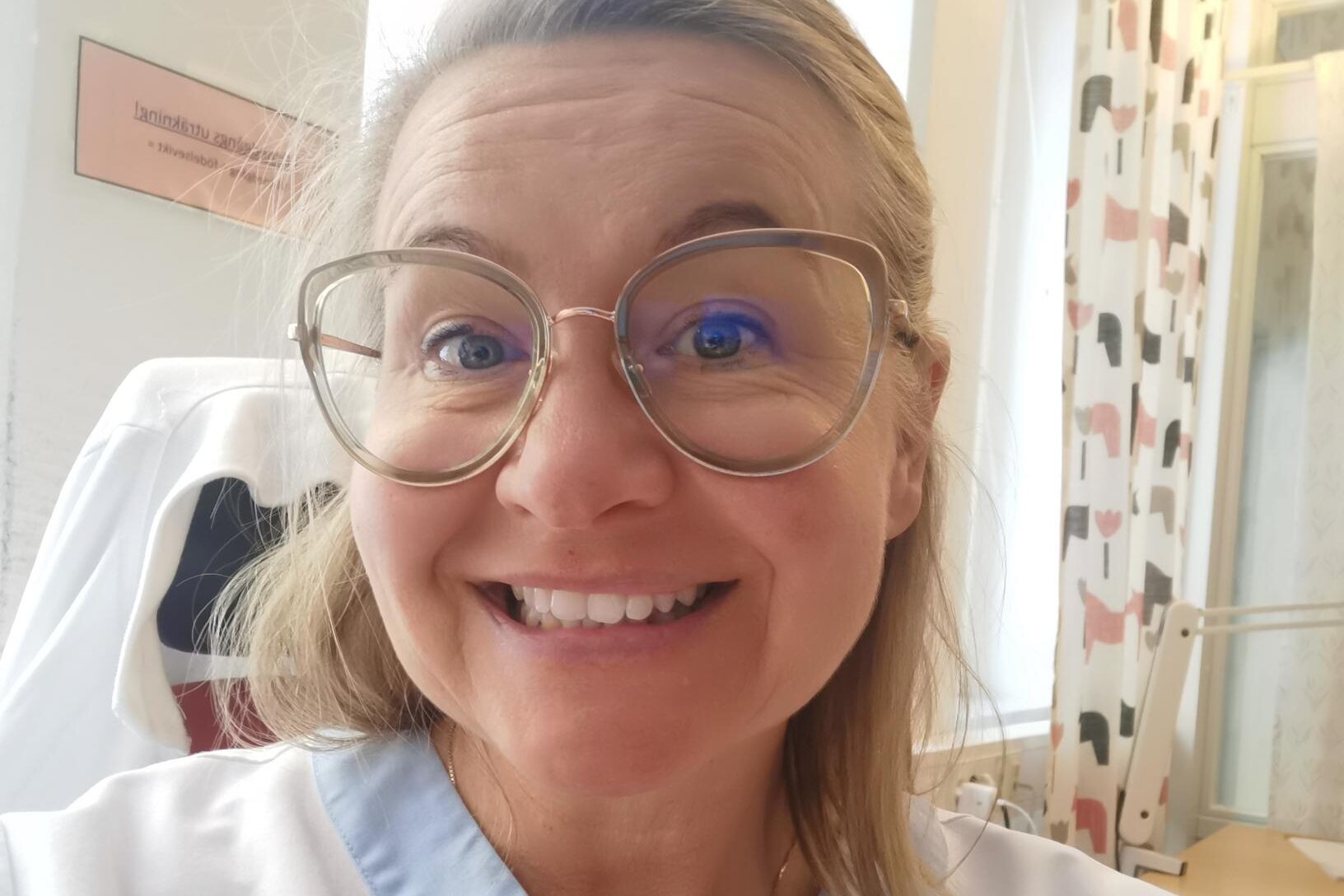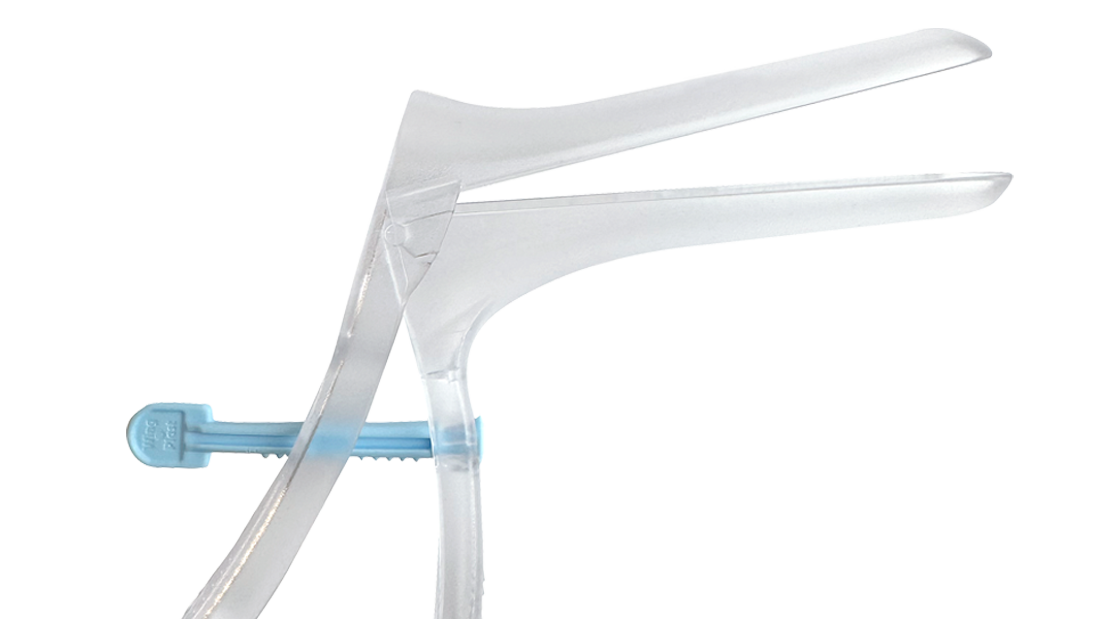Challenges In Healthcare: A Midwife’s Perspective

During the 1990s, midwife Malin Welin Svahn’s professional life was characterised by a strong drive to improve Swedish healthcare. Her journey began as a surgical nurse, where she observed the underutilization of costly resources and the frequent idle time of operating theatres. This realisation laid the foundation for her commitment to more efficient and effective care.
With over 25 years of experience in Region Skåne, Malin’s career spans various roles including midwifery, management, and freelance work through staffing agencies. Currently, she serves as a clinical expert at Cetro Medical, where she combines her clinical work in Norway and northern Sweden with educating Cetro’s staff and contributing to product development. Her extensive experience informs her contributions to quality issues, marketing, and innovation within the company.
Malin’s journey is characterised by a strong drive to improve and streamline Swedish healthcare. She is an experienced healthcare veteran with a strong commitment to both patients and professional colleagues. Here, we find out what she thinks about some of the current challenges in healthcare and how to overcome them.
What is the biggest challenge you see in Swedish healthcare today?
”Staff shortages are one of the biggest challenges we face today. They lead to stress and ill-health among staff, which in turn can result in poorer quality of care and an increased risk of malpractice. To create a better workplace and improve care, we need more empowerment and personalised planning for staff. Giving them more responsibility and control over their work can increase motivation and job satisfaction. Smaller units can also contribute to a better working environment and sense of belonging.”

”We need to invest in making the care profession more attractive by offering better working conditions and higher salaries. It is also important to create a working environment where staff feel involved and valued. In addition, we can look at solutions that make it easier to combine professional and private life, for example by aiming for more flexible schedules.
Another important aspect is skills development. By offering continuous training, we can ensure that staff have the latest knowledge and skills to do their job well. In the long run, a more attractive healthcare sector with satisfied staff can lead to a better working environment, fewer medical errors, and a higher quality of care for all patients.”
How can we create more equitable healthcare in Sweden?
”Unequal care is a problem that affects many people in Sweden. The quality of care you receive can vary depending on where you live. To create more equal care, we need to pool resources and specialised expertise to strengthen smaller hospitals. Digitalization can also help increase accessibility and give patients across the country access to specialist care.”

”Equal care is a fundamental right for everyone in Sweden. We therefore need to invest in strengthening smaller hospitals and making it easier for patients to get the care they need. One solution could be to create regional healthcare partnerships where hospitals in a region cooperate and share resources and specialised expertise. This can help strengthen smaller hospitals and make them more attractive for staff to work in.
Digitalisation can also play an important role in creating more equitable care. By using digital tools, we can provide patients in remote areas with access to specialised care via telemedicine. We can also use digital tools to coordinate care and make it easier for patients to get the information and support they need. By investing in both traditional and digital solutions, we can create more equitable care in Sweden. All patients, regardless of where they live, have the right to good care.”
How can we make healthcare more efficient and accessible?
”Digital solutions can revolutionise healthcare in several ways. By complementing face-to-face meetings, they can improve efficiency and accessibility. Patient records and prescriptions can be digitised, saving time and resources, reducing paperwork, and making information more accessible. This frees up time for healthcare professionals to focus on patient care.
Digitalisation also improves communication with patients. They can easily book appointments, get lab results, and communicate with their doctor online. This gives patients more control over their own care and reduces waiting times.
Telemedicine is another positive effect of digitalisation. Patients can receive care remotely, regardless of where they live. This is particularly beneficial for patients in sparsely populated areas or with reduced mobility. Digital tools can also be used to analyse patient data and make more informed decisions about care and treatment. ”

”However, it is important to remember that digitalization does not replace face-to-face contact between patients and healthcare professionals. Face-to-face meetings will always be an important part of healthcare. Digital solutions should work as a complement to improve efficiency and accessibility.
Successful digitalisation of healthcare requires good infrastructure and training for healthcare professionals to use the new tools. It is also important to ensure that all patients have access to digital tools and the internet; otherwise, digitalisation risks widening the healthcare gap.”
What is needed to create more stable and long-term care?
”Stable and long-term care requires a clear political vision and strong cooperation between different actors, including politicians, civil servants, and health professionals. We need to invest in preventive care and create a working environment where staff feel comfortable and involved.”

”We need to plan for the future and set clear goals based on science and experience. “Healthcare issues are too important to be played with politically, which is why we need cross-party cooperation to find common solutions.
This is particularly true for healthcare queues, a complex problem that requires long-term and coordinated initiatives. For example, by implementing ‘queue initiatives’ with extended opening hours, offering more digital healthcare options, streamlining coordination between healthcare providers, investing in preventive care, and strengthening healthcare resources, we can create more accessible and efficient healthcare for everyone in Sweden. This is needed to prevent diseases and save both money and suffering.
Healthcare workers are the most important resource in healthcare, so we need to create a work environment where they feel comfortable and empowered. By focusing on these areas, we can shape better and more stable care.”
How can we improve products for midwives and other health professionals?
By actively listening and collaborating with healthcare professionals, we can improve the products that make their work easier. Taking feedback and ideas from users is an important part of product development and my work at Cetro Medical. Midwives and other healthcare professionals have valuable knowledge about the daily challenges and needs of healthcare. By listening to their feedback, we develop products that are more useful, effective, and customised to their specific tasks.
For example, midwives can provide input on how to improve instruments for gynaecological examinations to make them more comfortable for patients. They can also suggest new products to facilitate care, such as gynaecological tools that simplify examinations, or instruments that make a difference in childbirth. One example of a really good tool that Cetro Medical has developed in consultation with healthcare professionals is a single-use, self-retaining vaginal speculum, Easyspec®.

Another is the Hegenberger Retractor®, a sterile, disposable plastic tool for postpartum diagnosis and suturing developed by Danish midwife Malene Hegenberger.
Ongoing collaboration between healthcare professionals and product developers is key to creating innovative solutions that enhance care for both staff and patients. By capitalising on the practical experience of healthcare professionals, we can develop products that support them in their work and contribute to a better quality of care.
